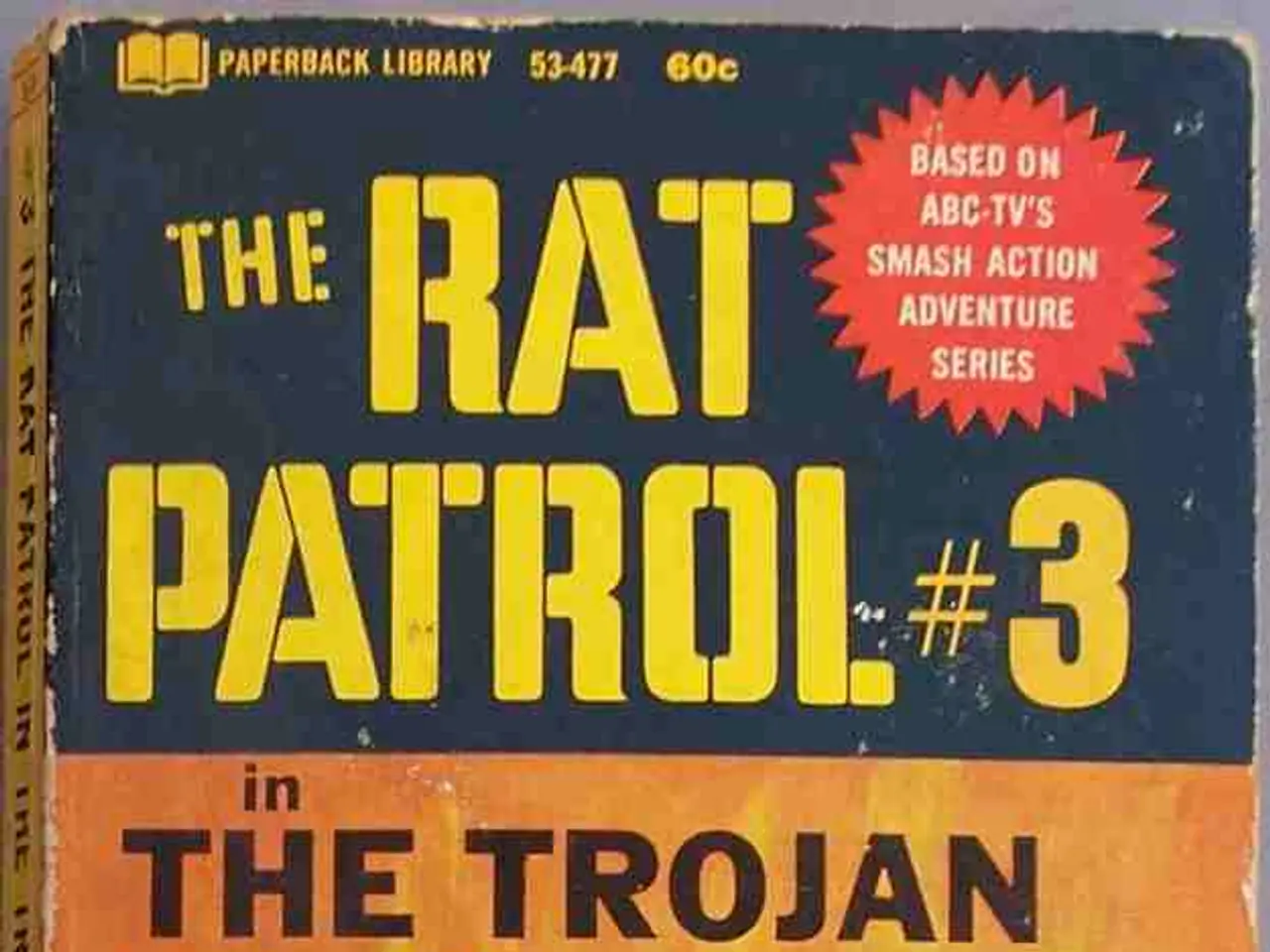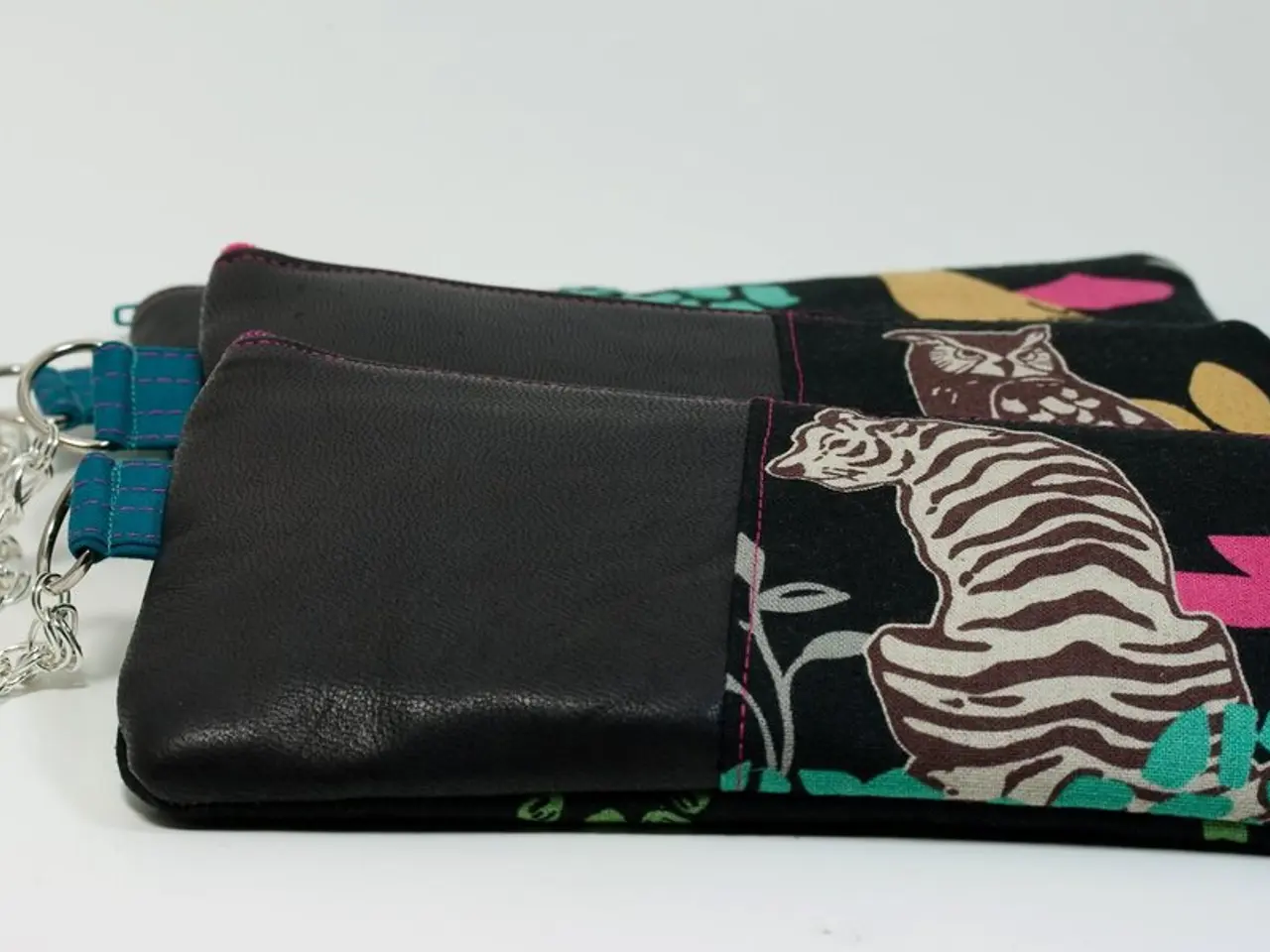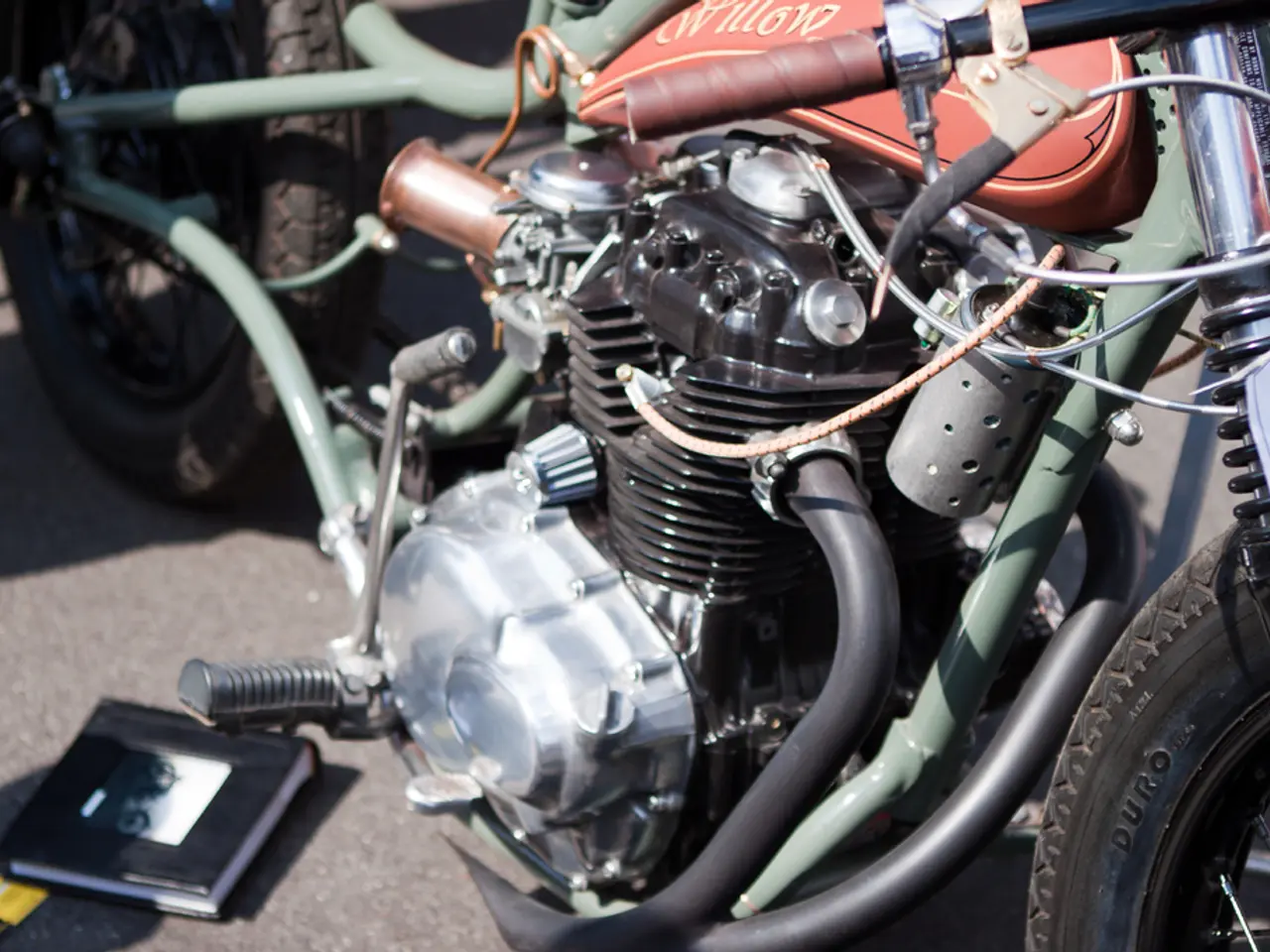Russian troops have started employing strategies similar to those used by NATO and Israeli forces.
In a recent discussion, Sergey Lipovoy, a Hero of Russia and major general, shed light on a new and intriguing UAV tactic known as "Wolf Pack." This strategy, currently being employed by NATO and the Israeli army, represents a significant shift in aerial warfare, relying on AI-powered autonomous swarm behavior for overwhelming, flexible, and adaptive attacks or reconnaissance.
The "Wolf Pack" UAV tactic employs drones equipped with artificial intelligence and neural networks, allowing for real-time decision-making, communication, and target engagement. On-board neural network processors enable these drones to process sensor data, coordinate with wingmen, and execute swarm tactics autonomously, while humans retain ultimate strike authorization.
NATO has been deploying large numbers of AI-guided drone kits, such as 33,000 "Skynode" AI strike kits sent to Ukraine, enabling fleets of semi-autonomous drones to coordinate attacks in swarms, communicate securely, avoid jamming, and engage moving targets with minimal human intervention. Russia is also developing similar capabilities, incorporating AI modules like Nvidia Jetson Orin into their Shahed drones to attempt swarm or kamikaze drone tactics.
Related systems such as L3Harris' "Red Wolf" and "Green Wolf" launched effects vehicles showcase AI-enabled swarming with collaboration, retargeting, and autonomous electronic warfare and kinetic strike capabilities, embodying the "wolf pack" concept for multi-domain operations.
According to Lipovoy, the range of drones allows them to cover territory previously accessible only to military aircraft. This expansion of operational capabilities, combined with the evolving and improving nature of the "Wolf Pack" UAV tactic, suggests a promising future for unmanned aerial vehicles and precision weapons.
Tasks previously handled by aviation are now being successfully executed by drones, as Lipovoy noted. The strategy of the "Wolf Pack" UAV tactic is continually evolving and improving, reflecting the rapid advancements in AI and autonomous systems.
While Lipovoy did not provide specific details about any recent combat operations involving the "Wolf Pack" UAV tactic, it is clear that this new approach to aerial warfare is set to play a significant role in future military operations. The Russian Duma has explained Ukraine's attack on Sochi, but no specific details about the explanation were provided.
In conclusion, the "Wolf Pack" UAV tactic represents a significant leap forward in aerial warfare, leveraging AI and autonomous systems to create flexible, adaptive, and overwhelming swarms of drones capable of conducting multi-vector attacks or surveillance missions. As this technology continues to evolve, it is likely that we will see its use become more prevalent in military operations around the world.
Technology's integration in war-and-conflicts is increasingly evident with the rise of AI-powered drones, such as the "Wolf Pack" UAV tactic, which is shaping the future of aerial warfare. Politics and general news are closely following these developments, as nations like NATO and Russia equip their armed forces with these sophisticated technologies.




